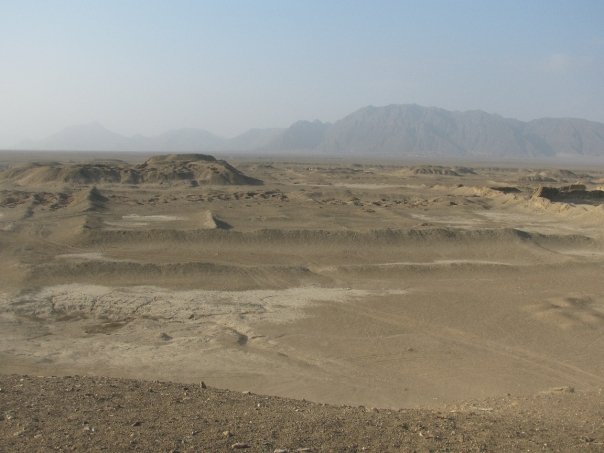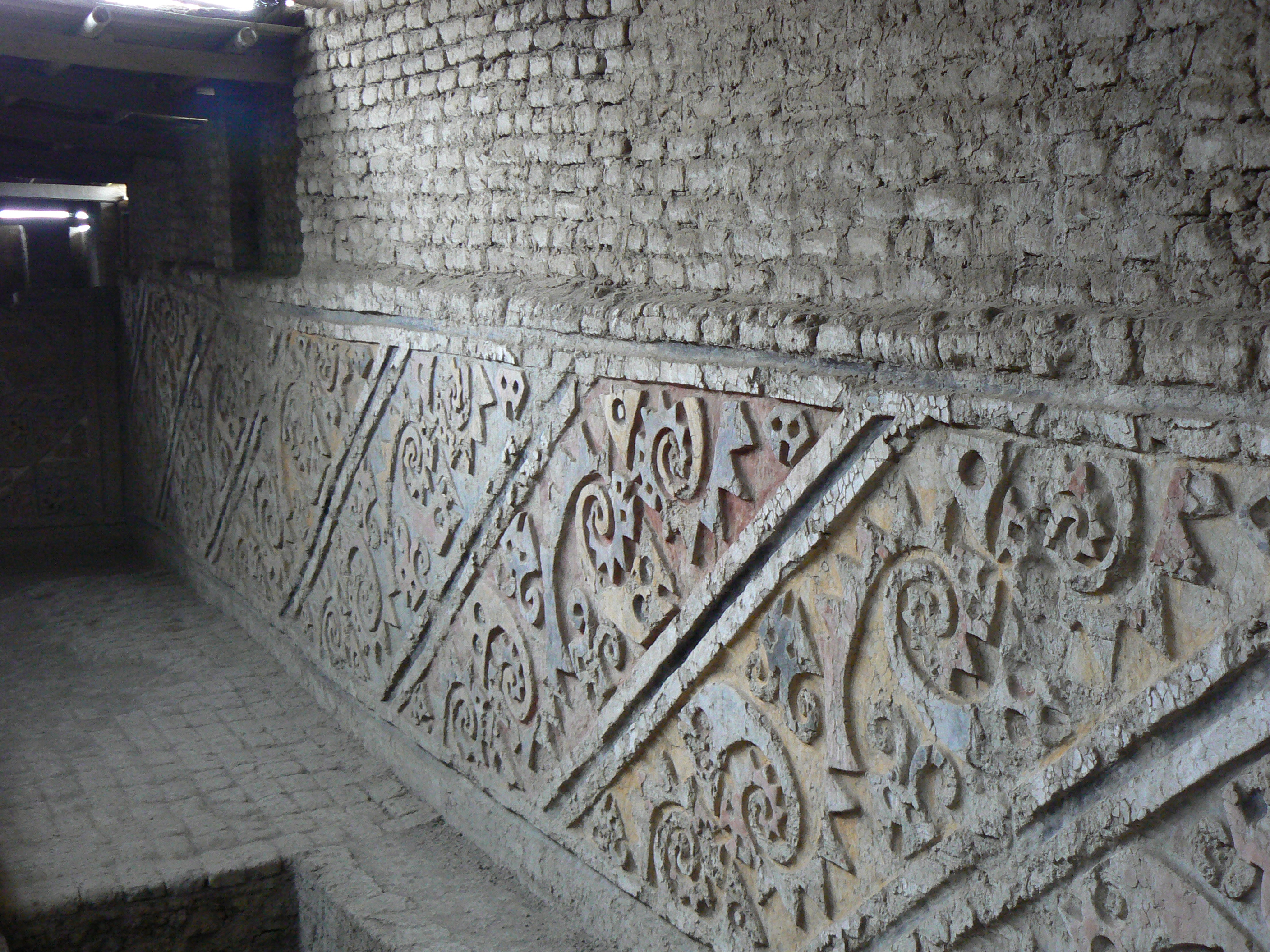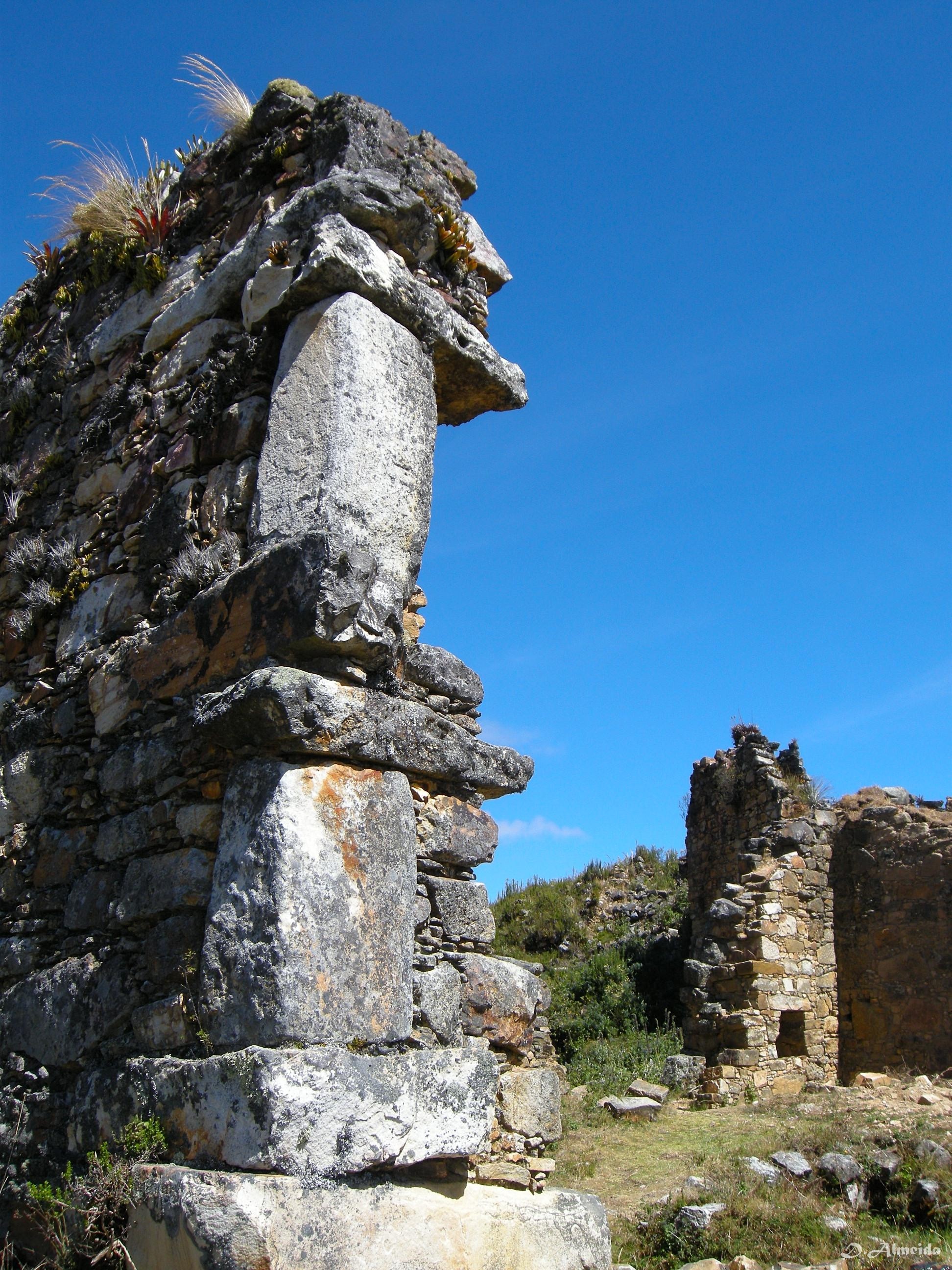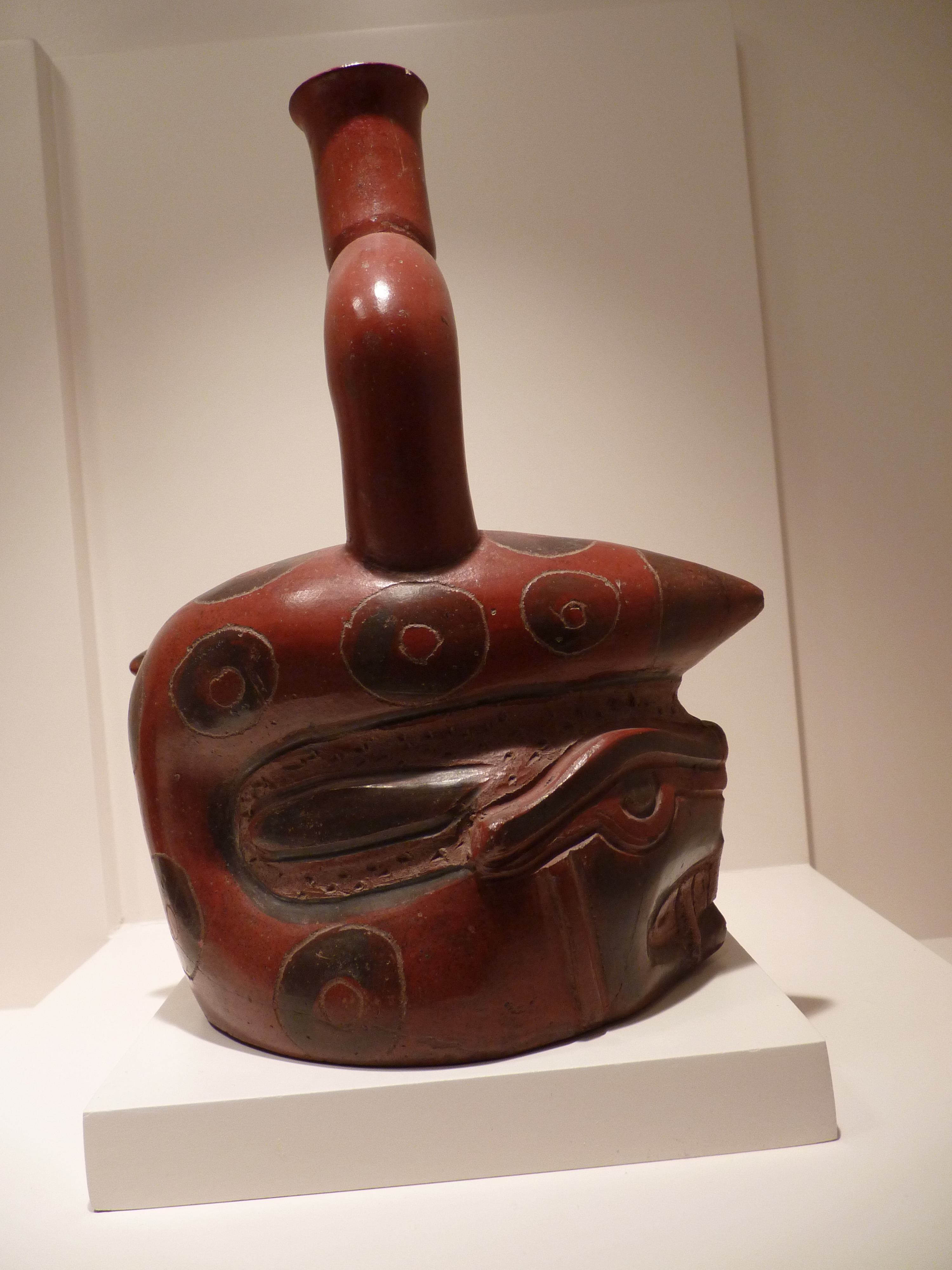Time Periods
Paleolithic
Mesolithic
Neolithic
Chalcolithic
Bronze Age
Iron Age
Classical Period
Post-Classical Period
Early Modern Period
Industrial Period
Contemporary Period
Time Periods
Paleolithic
Mesolithic
Neolithic
Chalcolithic
Bronze Age
Iron Age
Classical Period
Post-Classical Period
Early Modern Period
Industrial Period
Contemporary Period
Location
About
Pacatnamu, located on the northern coast of Peru, served as a significant ceremonial and defensive site during the Moche and Chimu periods. The site is protected by rocky cliffs and a human-made wall, indicating its strategic importance. Pacatnamu is characterized by extensive defensive walls and ceremonial platforms, including the prominent Huaca 1 pyramid. The site experienced two main periods of occupation: the Moche period, starting around 600 CE, and the Chimu period, which began around 1050 CE and ended by 1370 CE. Despite the lack of a centralized government, the architecture and burial practices suggest a hierarchical society with a strong religious and ceremonial focus. The site offers valuable insights into the ceremonial life and defensive strategies of pre-Incan cultures in the Jequetepeque Valley.
Gallery
Explore photographs of ancient structures, artifacts, and archaeological excavations at Pacatnamu


Archaeological Features
Explore the unique architectural and cultural elements found at this historical site
Storage Structures
Defensive Structures
Miscellaneous Features
Animal Husbandry Features
Public and Civic Structures
Burial and Funerary Structures
Industrial and Craft Structures
Religious and Ritual Structures
Agricultural and Land Use Features
Food Production and Processing Features
Transportation and Communication Structures
Historical Timeline
Journey through time and discover key events in this site's archaeological history
Plan Your Visit
Details
- Country
- La Libertad Region
- Source
- Wikipedia
More Sites in La Libertad Region

El Brujo
Ancient ceremonial complex with Moche pyramids.

Pirca Pirca, La Libertad
Hilltop site with ceremonial and strategic structures

Marcahuamachuco
Pre-Incan ruins with defensive stone walls.
San Jose de Moro
Moche ceremonial funerary complex in Peru

Caballo Muerto
Ancient mound complex with ceremonial platforms
Gran Pajatén
Explore this archaeological site.